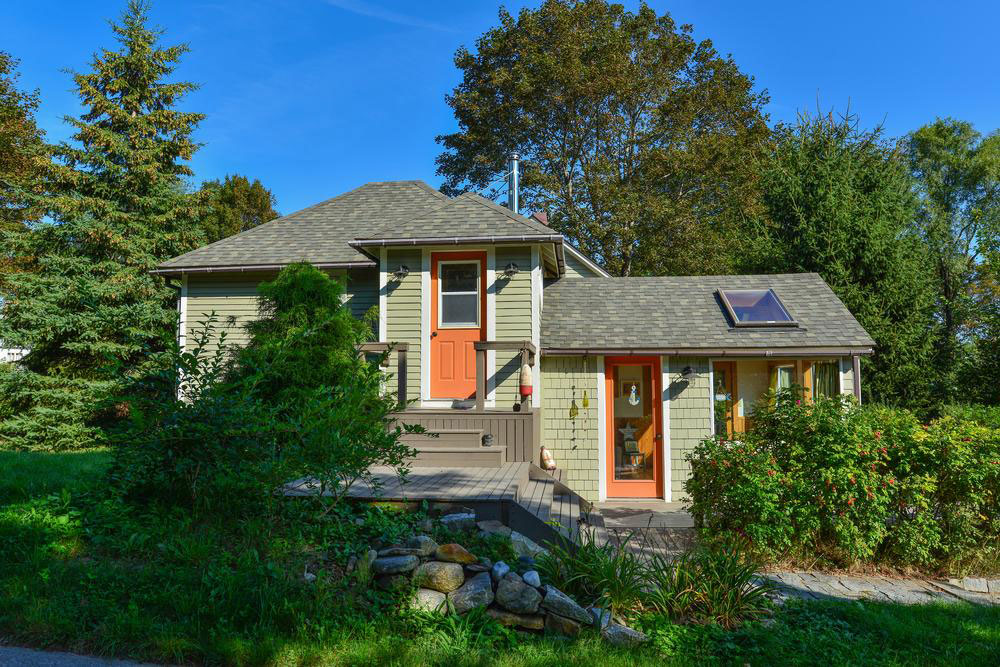A complete guide on modular houses
A modular house is constructed in parts in a factory. While the parts are being constructed, the house site is prepared. When the sections are ready and the site is fully prepared, the modular house sections are sent to the site. A contractor then attaches the parts to the foundation and finishes the process needed for final inspection followed by occupancy certification. If you are looking to have a modular house, this article will serve as a useful guide to the different factors that you need to know.
Modular home styles
Modular houses are available in a multitude of styles, many of which are similar to usual houses.

Financing
The financing process and loan options are the same as in the case of site-built houses. You can take a mortgage loan, which starts off as a loan for construction.
Once the work is complete and the payments are done, the next stage of construction begins. You are required to make the payment to the dealer once the house is delivered to you. After all the loan amount has been disbursed and you take possession of the house, the construction loan converts into a standard mortgage loan.
Benefits
The most significant benefit of a modular house over its site-built counterpart is quality control. Each part of the modular house is manufactured with utmost care. The output of each process is examined multiple times before the modular house is delivered. There is also no worry about delays due to the weather because the house is constructed indoors.
Modular houses are also more affordable than usual houses because you can avail great discounts on the materials used. The average expense of building a modular house is around eleven percent less than the expense of constructing a site-built house.

